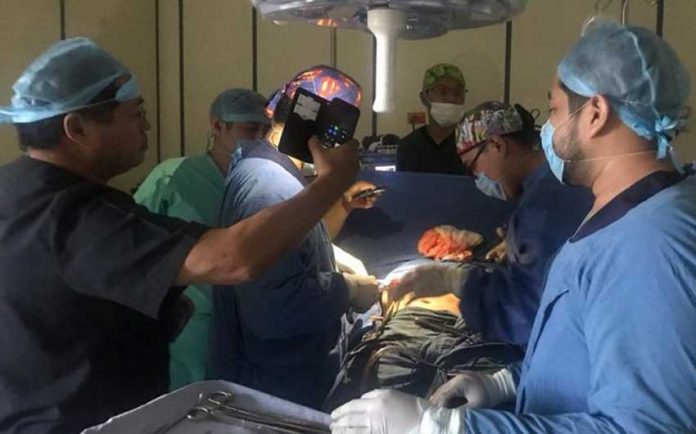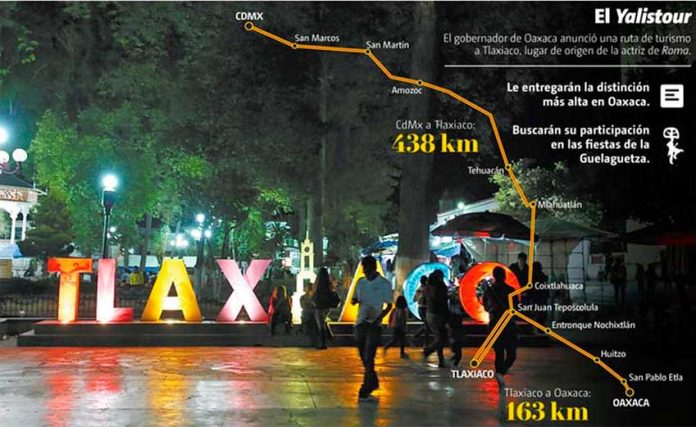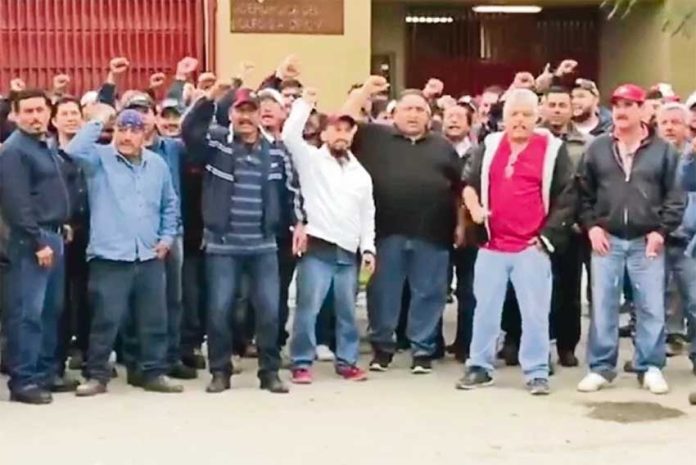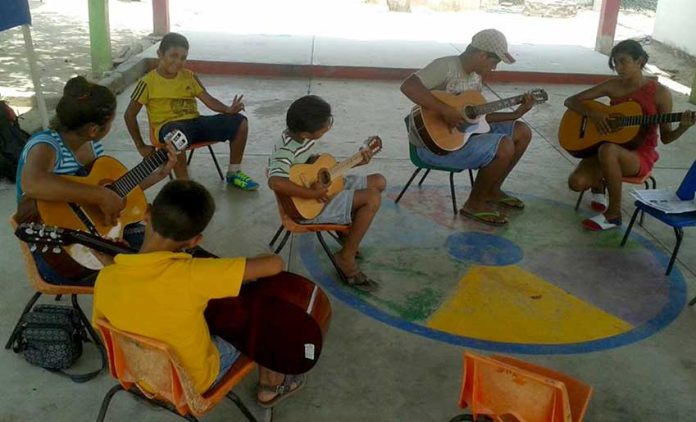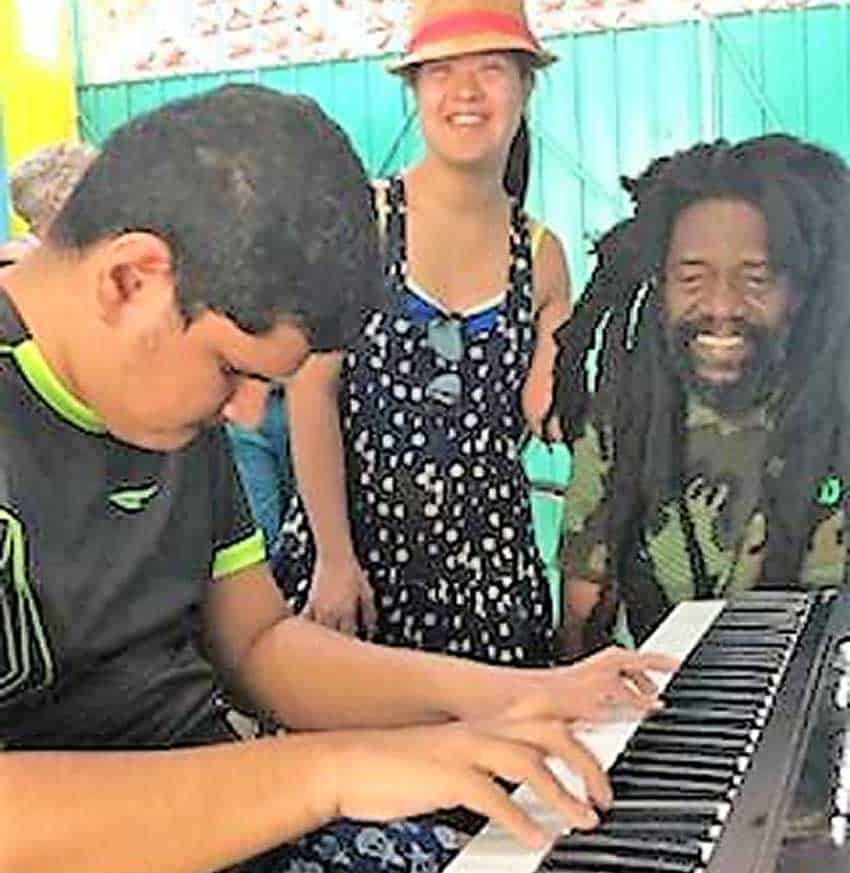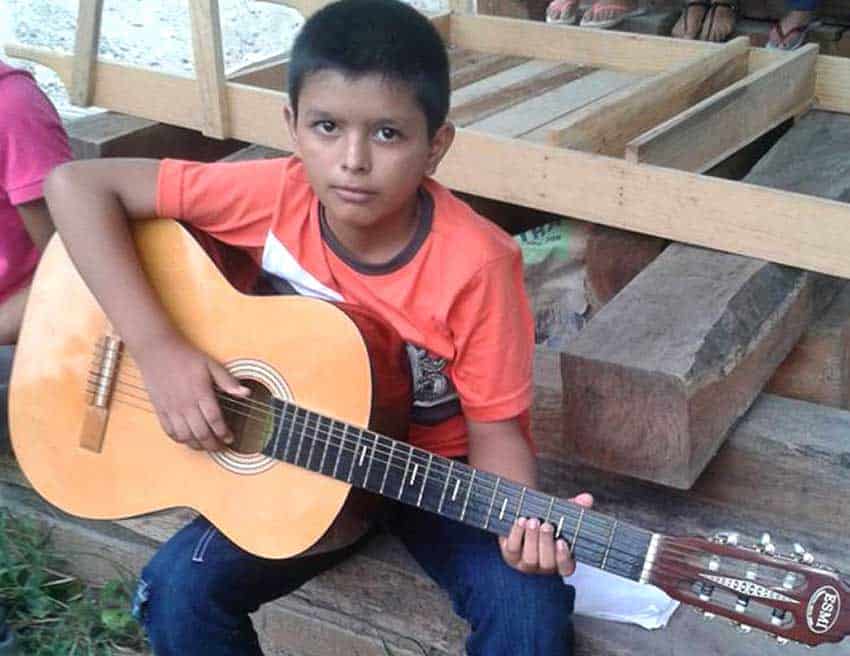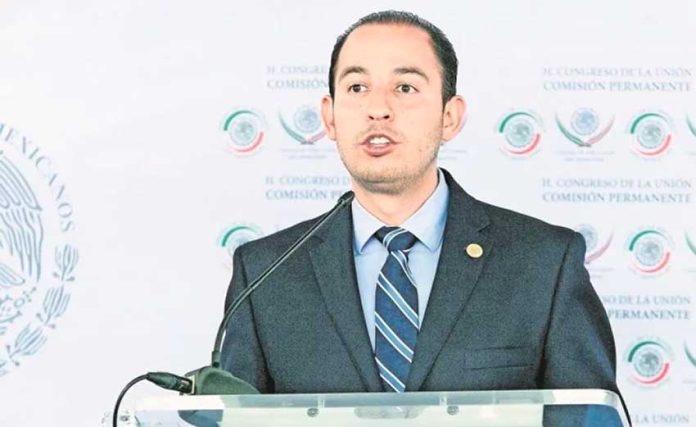Four-time Academy Award winner Alejandro González Iñárritu has been named to head this year’s Cannes Film Festival jury, the first Mexican filmmaker to be named to the position.
The director of Birdman and The Revenant came to the attention of Cannes audiences in the year 2000 when his first film, Amorres Perros, premiered and won the Critics’ Week sidebar.
Since then, Iñárritu’s career has exploded, with consecutive Academy Awards for best director for Birdman and The Revenant in 2014 and 2015 respectively.
His films Babel in 2006 and Biutiful in 2010 also premiered and won awards at the festival. Carne y Arena (Flesh and Sand), a virtual reality project that immerses viewers in the harsh experience of migrants, was an official selection at the festival in 2017.
In a statement, the acclaimed director said that he was “humbled and thrilled” to be presiding over the jury at a festival that was key in launching his career.
“Cinema runs through the veins of the planet, and this festival has been its heart. We on the jury will have the privilege to witness the new and excellent work of fellow filmmakers from all over the planet. This is a true delight and a responsibility that we will assume with passion and devotion.”
Festival president Pierre Lescure and artistic director Thierry Frémaux celebrated Iñárritu’s acceptance of their invitation in a statement.
“Not only is he a daring filmmaker and a director who is full of surprises, Alejandro is also a man of conviction, an artist of his time.”
They added that the Cannes Film Festival “. . . embraces all cinematic forms, and this year, with the presence of . . . the director of Babel, the festival will celebrate Mexican filmmaking.”
Iñárritu, 55, is one of a trio of Mexican filmmakers that have earned significant recognition in recent years, earning them the nickname “The Three Amigos.” His fellow amigos are Alfonso Cuarón, who won best director for Roma at the Oscars this year, and Guillermo del Toro, whose film The Shape of Water won best picture in 2017.
In his role as panel president, Iñárritu succeeds Australian actress Cate Blanchett, who starred in his film Babel.
The Cannes festival will take place May 14-25. The remaining jurors are to be announced in the coming days.
Source: El Economista (sp), The Guardian (en)

